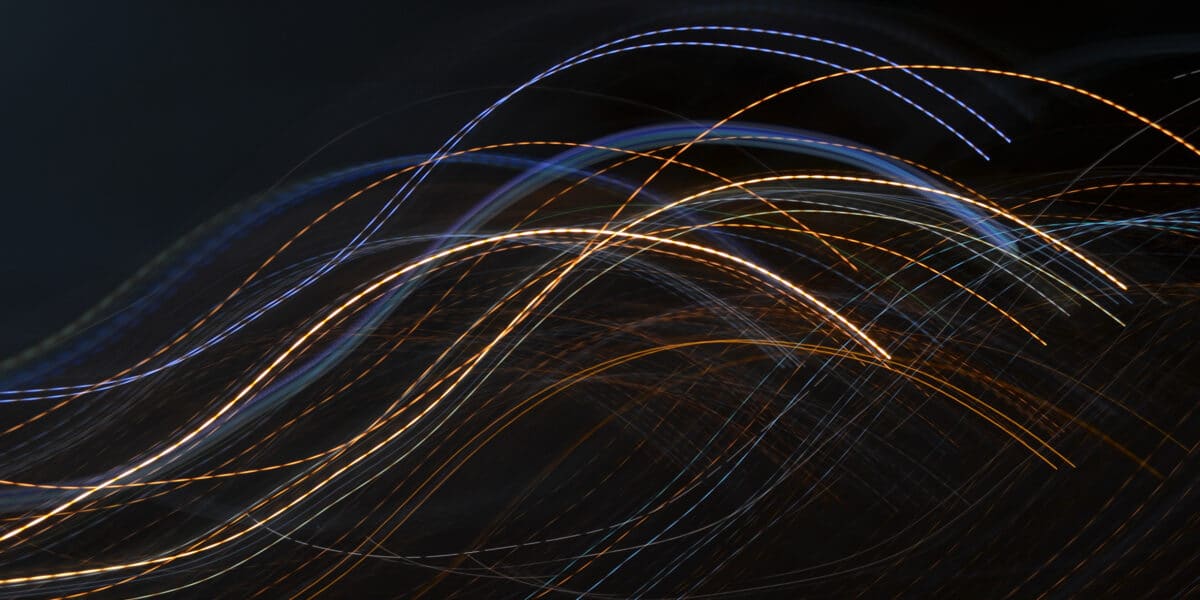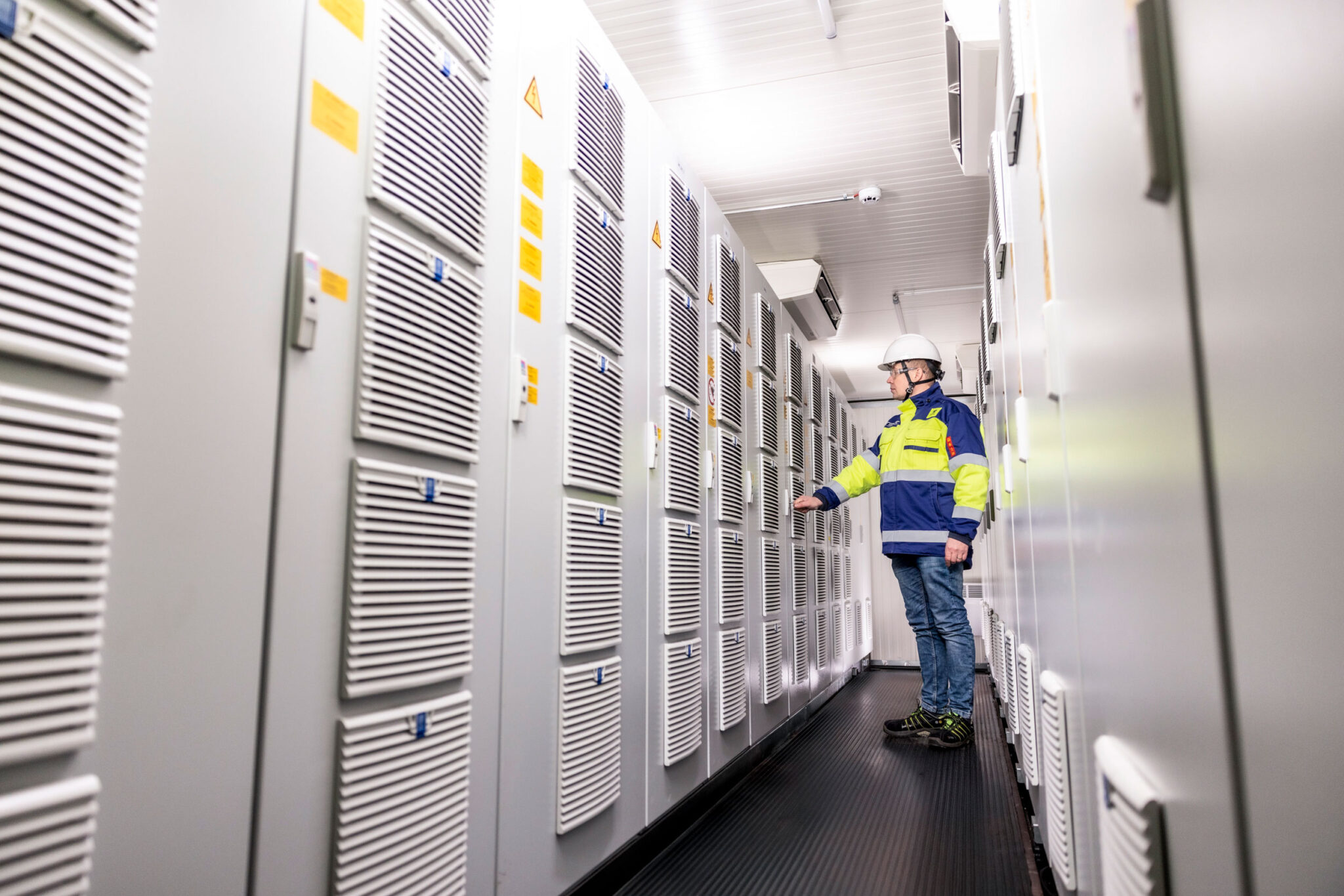A unified European electricity market is based on functioning cross-border transmission connections. The head of Fingrid’s HVDC & FACTS unit, Kimmo Nepola, says it is important that the market has a comprehensive range of power generation options available.
”The importance of wind power is increasing all the time, but nuclear power and hydropower also play an important role as a leveller of generation fluctuations in renewable forms of energy and a guarantor of energy availability. With the help of cross-border connections, electricity price fluctuations remain smaller. The green energy transition requires strong transmission connections so that we can balance production and consumption,” says Nepola.
In recent years, the most significant changes to Finland’s cross-border connections have been related to the green energy transition and Russia’s war in Ukraine. The export of electricity between Russia and Finland has completely ceased as a result of the war.
The transmission system operators (TSOs) of Finland, Sweden and Estonia have excellent relations, and they cooperate in many ways.
We also do planning and research together among other things.
”We support each other if, for example, a neighbouring country has problems with cross-border connections. We borrow spare parts, exchange information and experiences, coordinate power outage times and transfer replacement electricity to each other as needed. When we build or renovate joint transmission connections, we also do planning and research together. At the moment, for example, we are renewing the automation systems controlling HVDC connections and conducting seabed research.”
Effective cooperation also includes continuous maintenance.
”There are surprisingly few problems with our cross-border connections, and a lot of work is being done to ensure they work. It is great that each of these TSOs has the will to keep the transmission connections in shape. It’s clear that we respect each other,” says Nepola.
Aurora Line increases electricity trade between Finland and Sweden
Svenska kraftnät and Fingrid are jointly building a new 400 kV transmission line from Pyhänselkä in Finland to Messaure in Sweden. The name of the project is Aurora Line.
The steel industry currently been built in northern Sweden needs a lot of carbon-free electricity, which is also produced in northern Finland’s wind farms and at the Olkiluoto 3 nuclear power station. Similarly, electricity produced by hydropower, for example, is brought to Finland from Sweden. Aurora Line is estimated to be completed in 2025.
Svenska kraftnät’s Asset Manager Dag Ingemansson says that Sweden is just about to enter the Aurora Line construction phase. Poles are already being erected on the Finnish side.
”Working cross-border connections ensure that the main grid and power generation facilities are utilized as efficiently as possible on both sides of the border. At the same time, we enable the realisation of the green energy transition. In the past, more electricity was exported from Sweden to Finland than in the other direction, but now the amount of exports from Finland to Sweden is increasing,” says Ingemansson.
He says that it is easy to work with Fingrid. The cooperation has been continuing for a long time, as the undersea Fenno-Skan connection has been operating between the southern coasts of the two countries since the 1980s.
”We have common interests, and we actively share information. Our communication is informal and we respond to each other’s requests quickly. We understand each other.”
The planning of EstLink 3 has already started
There are two EstLink undersea cables between Estonia and Finland, and a third one is being planned.
”The EstLink connections are very important for both countries and the entire Baltic region. Cross-border connections guarantee the functioning of the electricity market and increase the operational reliability of the main grids,” says Elering’s Head of HVDC and Power Plant Unit Reigo Haug.
According to Haug, it is important that European grid companies share experiences and learn from each other.
The HVDC connections are like a car: they only work if all the elements work together.
”When there was a phase reactor failure on our side of EstLink 1 last November, the experiences Fingrid had in a similar incident a few years earlier were very useful for the repair work. They helped us to shorten the forced outage time. It is great that as partners we quickly support each other. The HVDC connections are like a car: they only work if all the elements work together. If one tyre is flat, we need to fix it fast,” says Haug.
EstLink 3 is estimated to be completed in the 2030s.
”There is a common understanding between our countries that we need EstLink 3 to increase the possibilities of electricity transmission between the Nordic and Baltic countries. The amount of transferred electricity has grown steadily over the past few years. We are conducting feasibility studies and making preliminary plans for connection points and the best cost-effective routes. An investment decision on construction will probably be made within the next few years,” says Haug.







